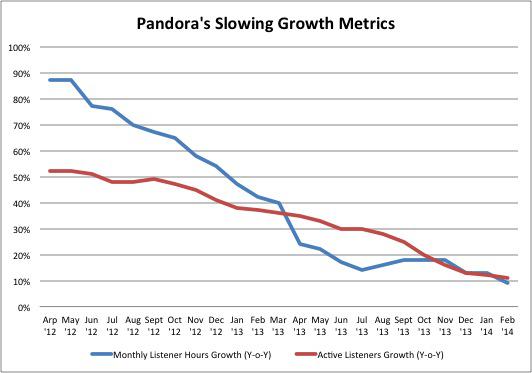Filed under: Investing
Sony is currently crushing its rivals in the video game market. The Japanese electronics giant has now sold more than 6 million PlayStation 4s, likely (though not officially) putting it ahead of both Microsoft's Xbox One and Nintendo's Wii U.
The PlayStation 4 has exceeded Sony's expectations, and should continue to sell well in the coming quarters. That's great for Sony, as its other electronic businesses continue to languish.
A repeat of the PlayStation 2 era?
Although Sony appears to be ahead right now, it was once far more dominant -- the PlayStation 2 sold more units (over 150 million) than both the rival consoles from Nintendo and Microsoft combined (less than 50 million).
Missteps last generation, most notably launching a PlayStation 3 that was far more expensive than Microsoft's Xbox 360 and Nintendo's Wii, set Sony back. But now it seems to have regained its edge, and the PlayStation 4 could ultimately outsell boxes from both Microsoft and Sony.
A strong launch is a good sign, and the PlayStation 4's momentum should continue as the console sees more major video games released. Sony has built a strong lineup of exclusive intellectual property, with popular franchises like InFamous, God of War, Uncharted, and LittleBigPlanet. As franchises receive PlayStation 4 installments, sales should get a further boost.
Sony's early lead is hardly surprising -- for dedicated gamers, Sony appears to be offering a better value than its rivals: The PlayStation 4 is $100 less expensive than Microsoft's Xbox One, and it's poised to enjoy more third-party support than Nintendo's Wii U. For PlayStation Plus subscribers, Sony also gives away digital copies of select PlayStation 4 games on a monthly basis -- a perk Microsoft's Xbox Live members don't enjoy.
Sony's lone star
The PlayStation 4's success is great for Sony, as its other electronics businesses are increasingly struggling. Last month, the Associated Press' Yuri Kageyama summarized Sony's situation, noting that the PlayStation brand was one of the only ones that hasn't "faded or succumbed to a nimbler competitor."
Sony's VAIO PC business was sold last month to a group of private investors, as demand for PCs powered by Microsoft's Windows has increasingly declined. At the same time, Sony's beleaguered TV business was placed in a separate subsidiary (perhaps to be shut down, sold, or spun-off at some later date). Sony is attempting to break into the mobile market, with a high-end line of smartphones and tablets, but remains far behind Samsung in terms of popularity.
Sony does have a treasure trove of entertainment assets, enough to draw the attention of activist investor Dan Loeb last year. But continued losses led ratings firm Moody's to cut Sony's debt to junk status back in January.
The PlayStation as a platform
If the PlayStation is going to turn around Sony's fortune, it will be because it ultimately transforms into something much more substantial than just a video game console. Although Sony's machine is often characterized as a pure video game device (as opposed to Microsoft's more entertainment-focused Xbox One) Sony seems to have ambitions for the PlayStation that stretch far beyond gaming.
Sony, for example, is currently working on an Internet-based paid TV service that could challenge the existing cable establishment. Sony's CEO, Kaz Hirai, told CNBC back in January that the PlayStation could serve as a base for Sony's upcoming service, acting as an Internet-connected set-top box. Like Microsoft, Sony has its own music subscription, which is easily accessible through any PlayStation, and more services are coming, including PlayStation Now.
It's still early in the current console war, but barring a major shift, Sony's machine seems on pace to outsell both Microsoft's Xbox One and Nintendo's Wii U. That's great for Sony, as it shifts its focus from electronic sales to entertainment services.
There's a $2.2 trillion war for your living room
You know cable's going away. But do you know how to profit? There's $2.2 trillion out there to be had. Currently, cable grabs a big piece of it. That won't last. And when cable falters, three companies are poised to benefit. Click here for their names. Hint: They're not Netflix, Google, and Apple.
The article Sony's PlayStation 4 Is Crushing Microsoft's Xbox One and Nintendo's Wii U originally appeared on Fool.com.
Sam Mattera has no position in any stocks mentioned. The Motley Fool recommends and owns shares of Apple, Google, Microsoft, and Netflix. Try any of our Foolish newsletter services free for 30 days. We Fools don't all hold the same opinions, but we all believe that considering a diverse range of insights makes us better investors. The Motley Fool has a disclosure policy.Copyright © 1995 - 2014 The Motley Fool, LLC. All rights reserved. The Motley Fool has a disclosure policy.
Read | Permalink | Email this | Linking Blogs | Comments

















